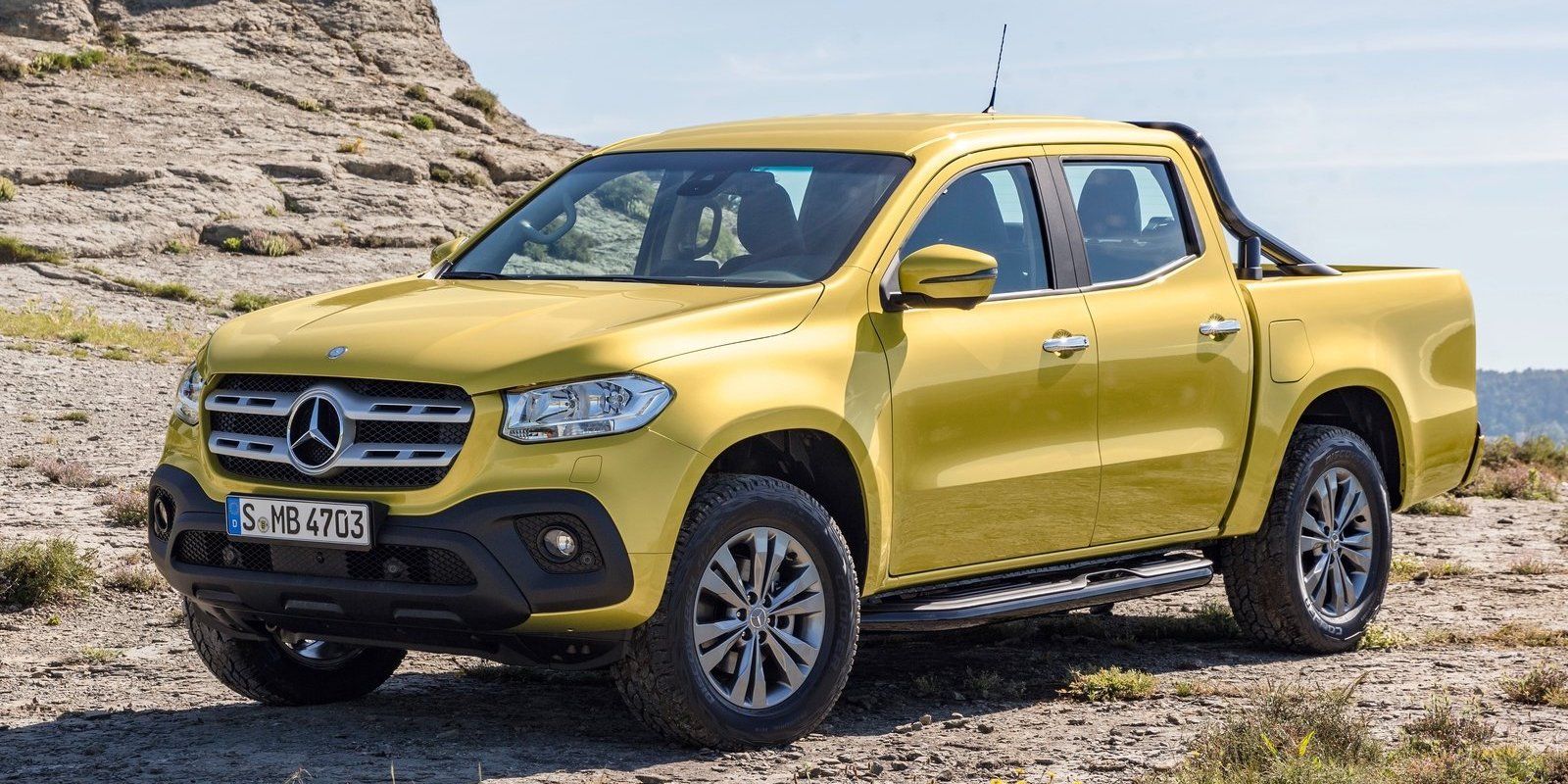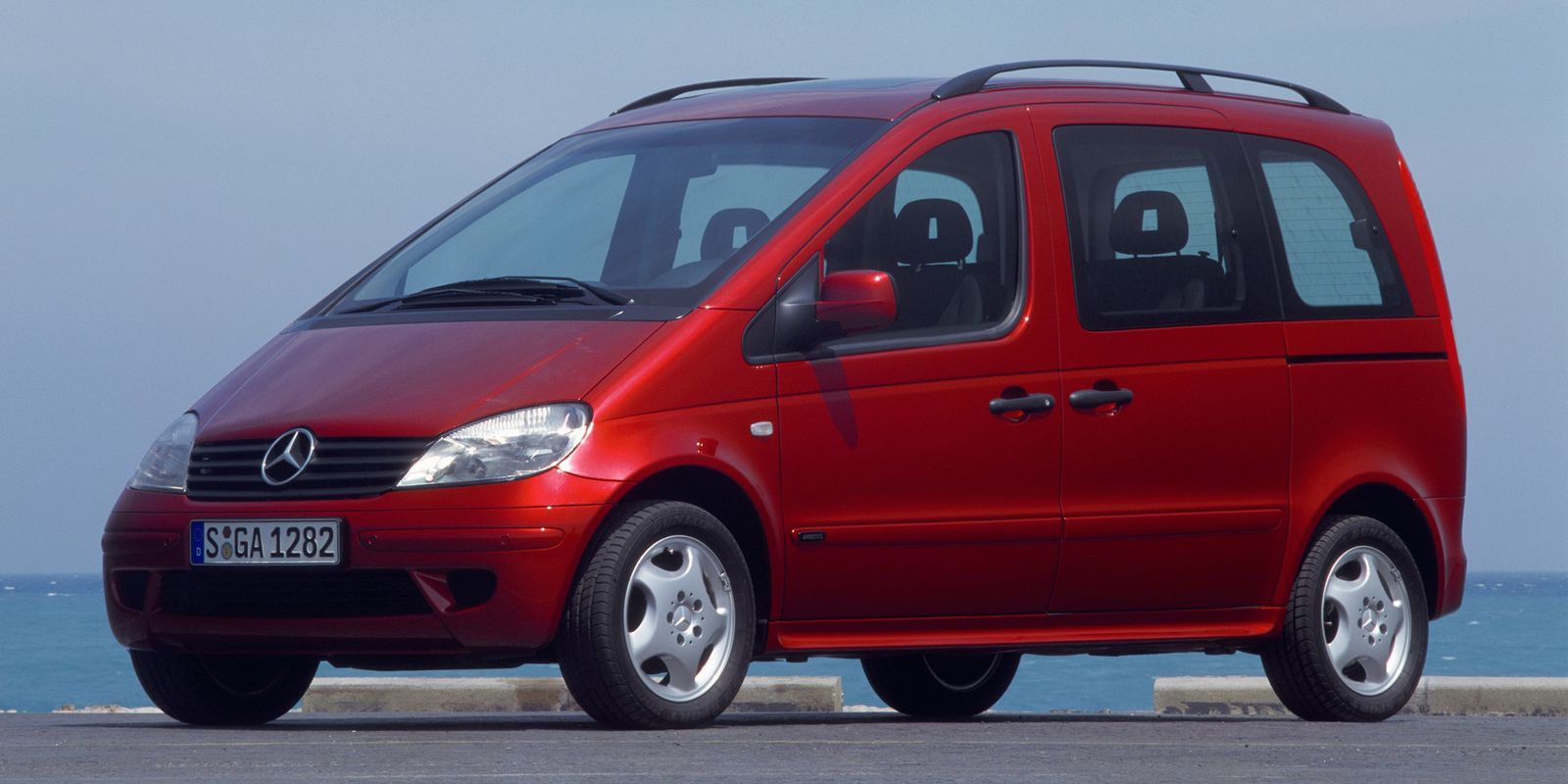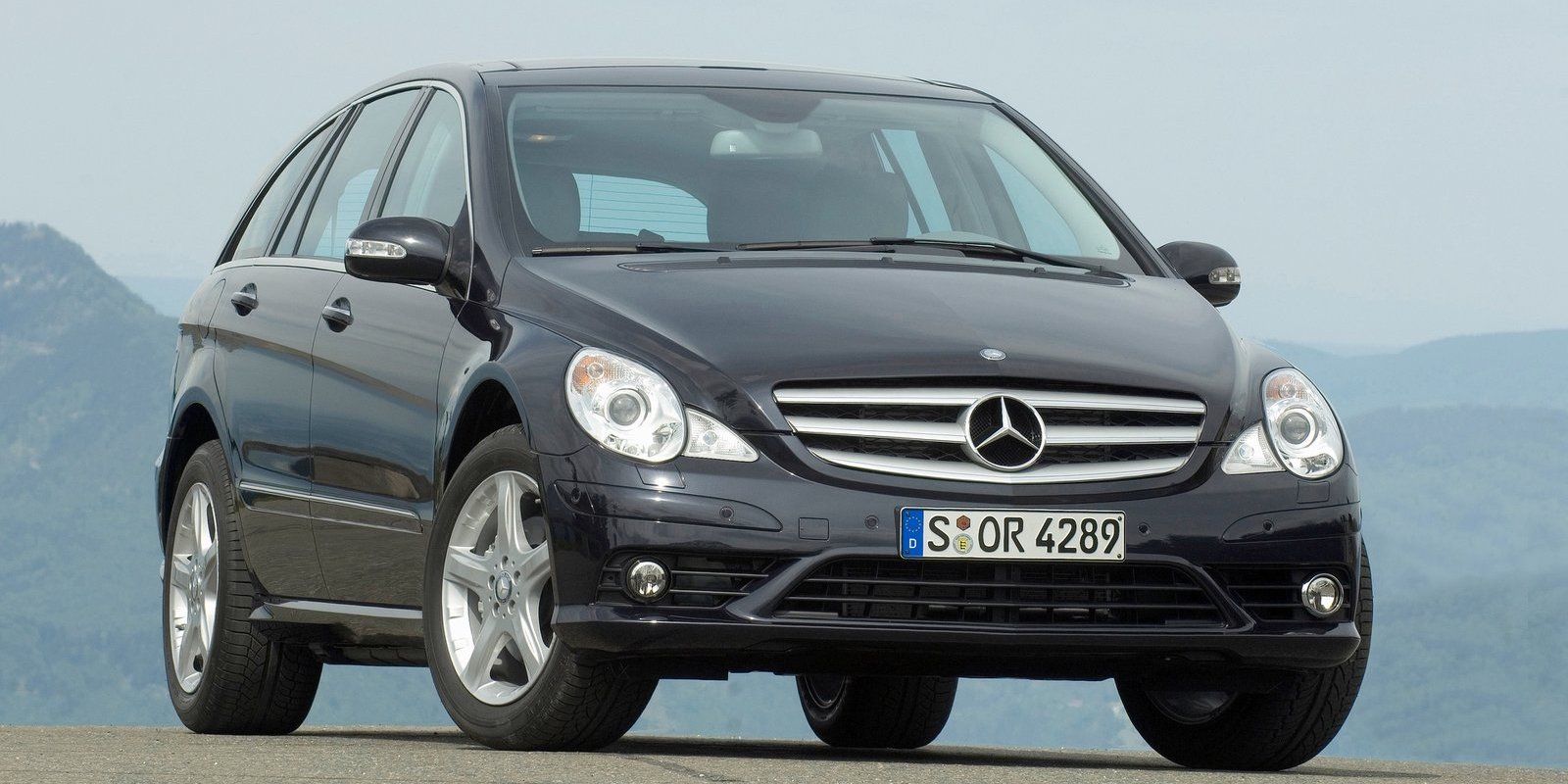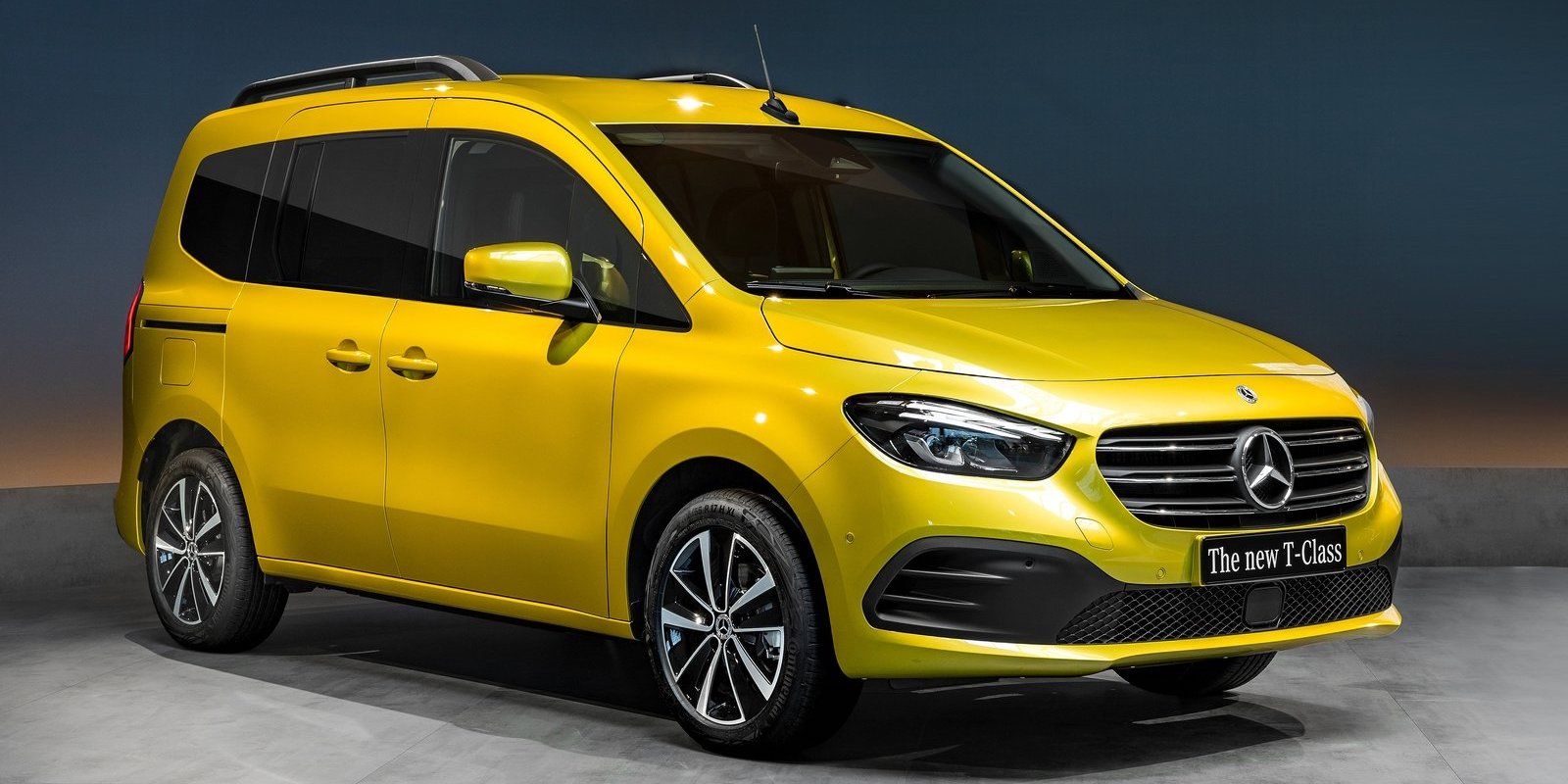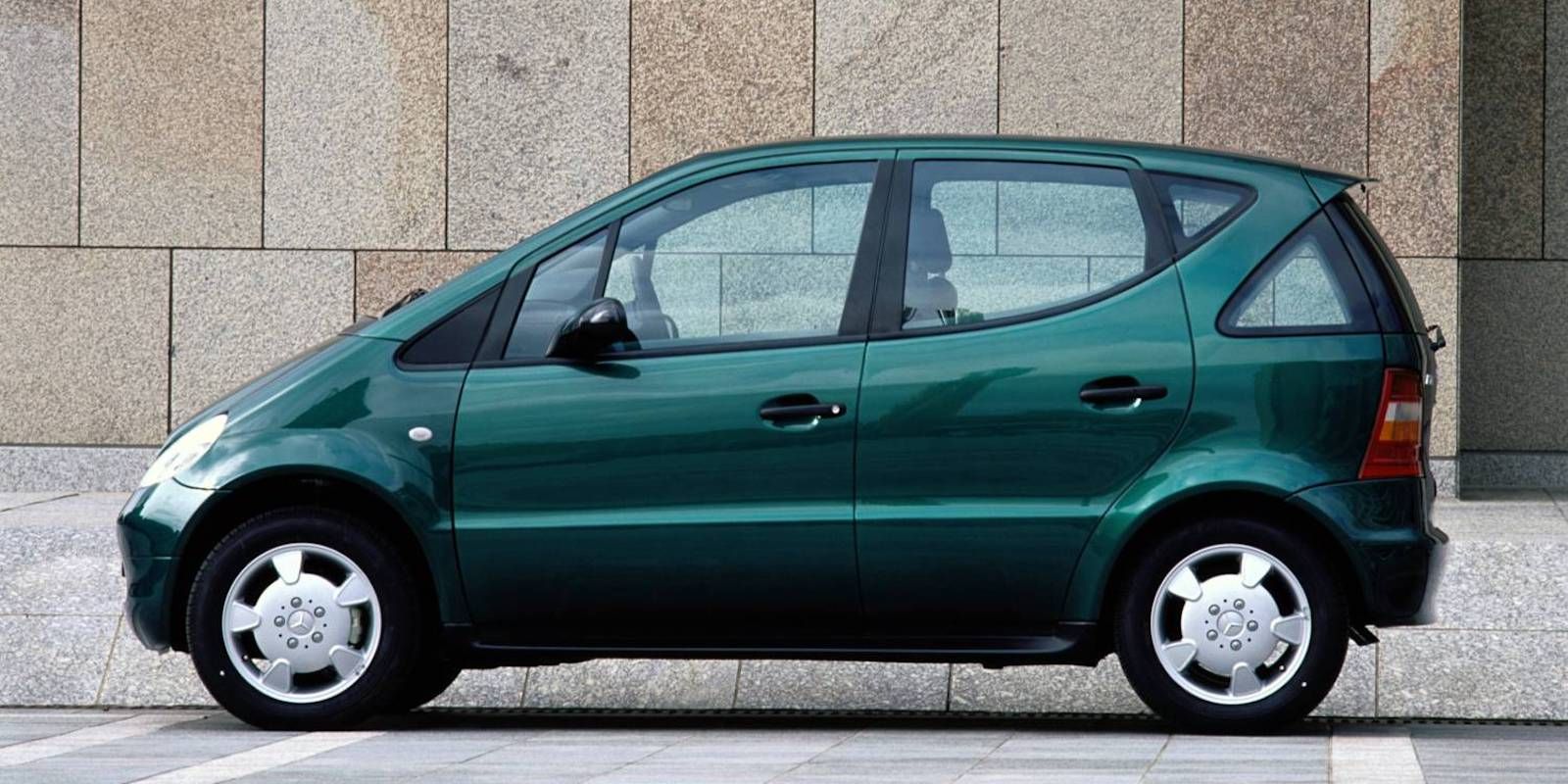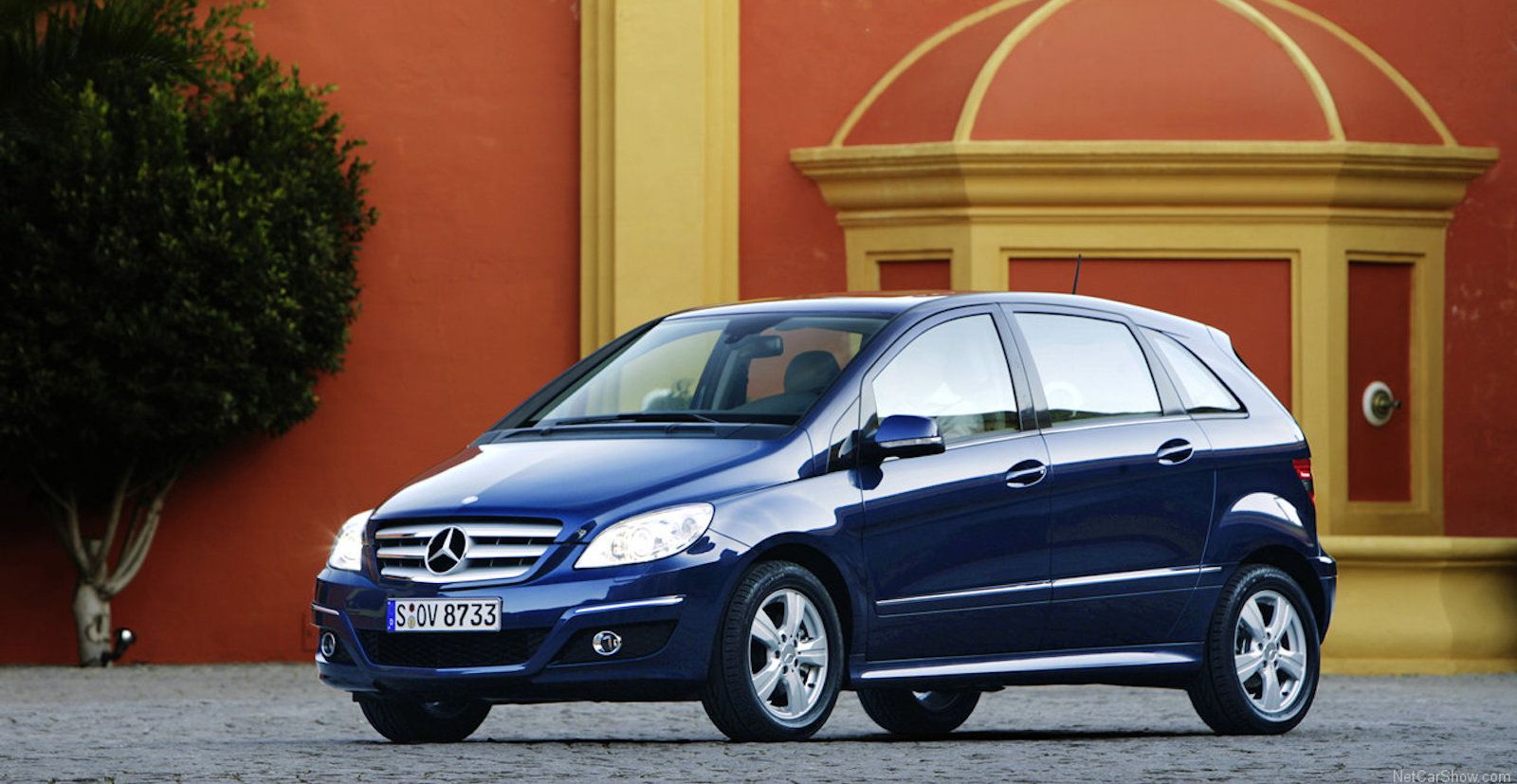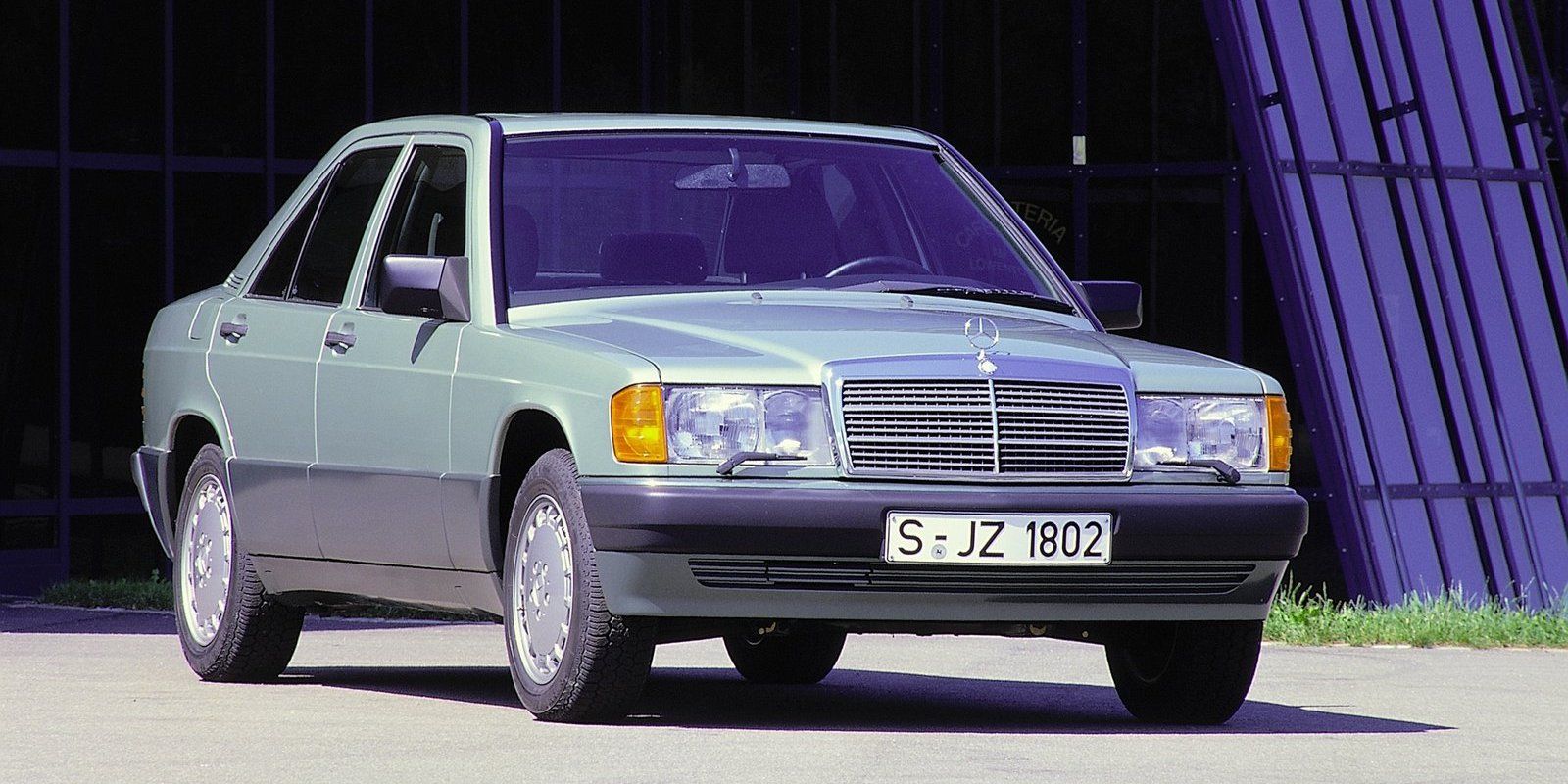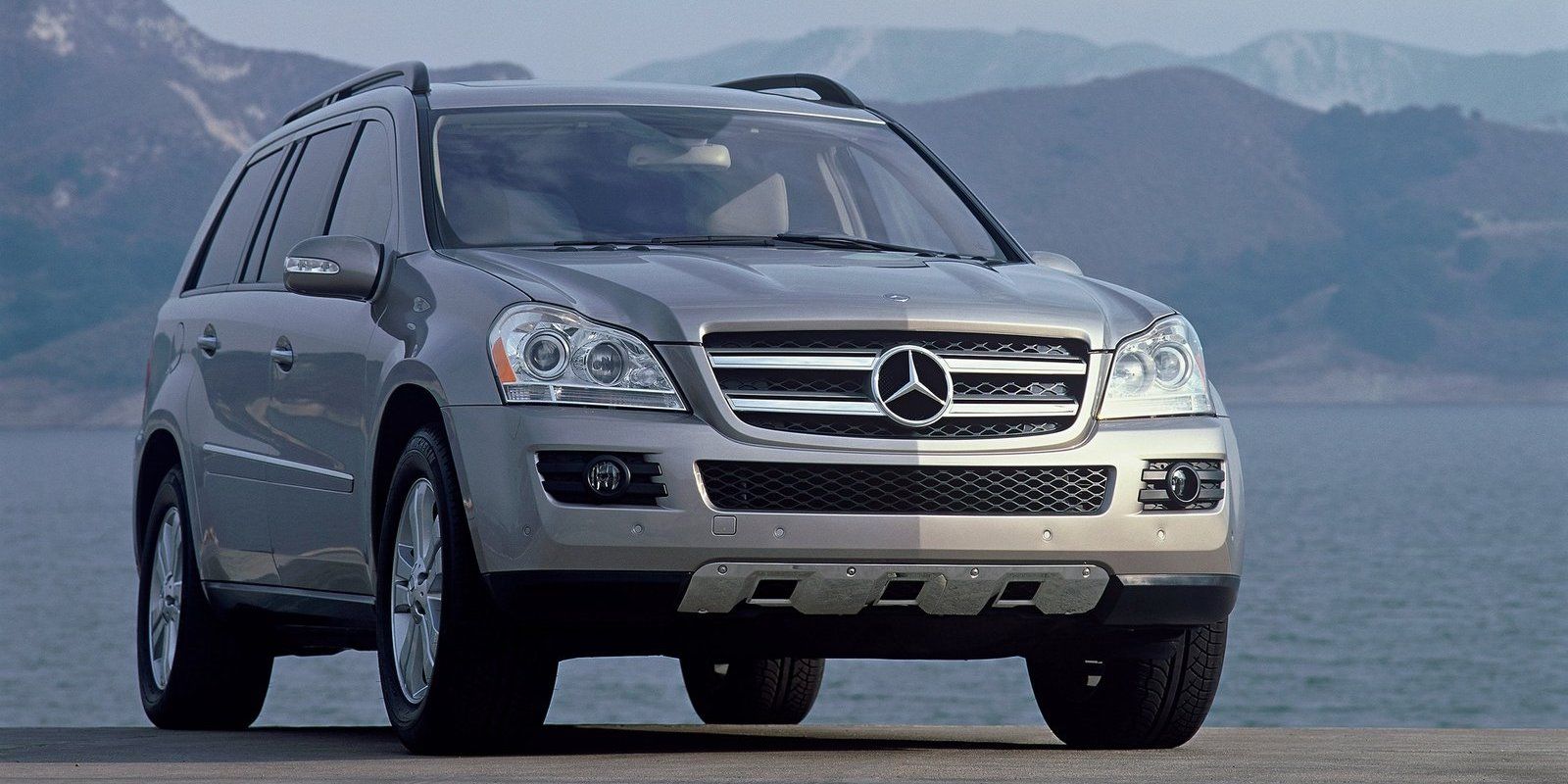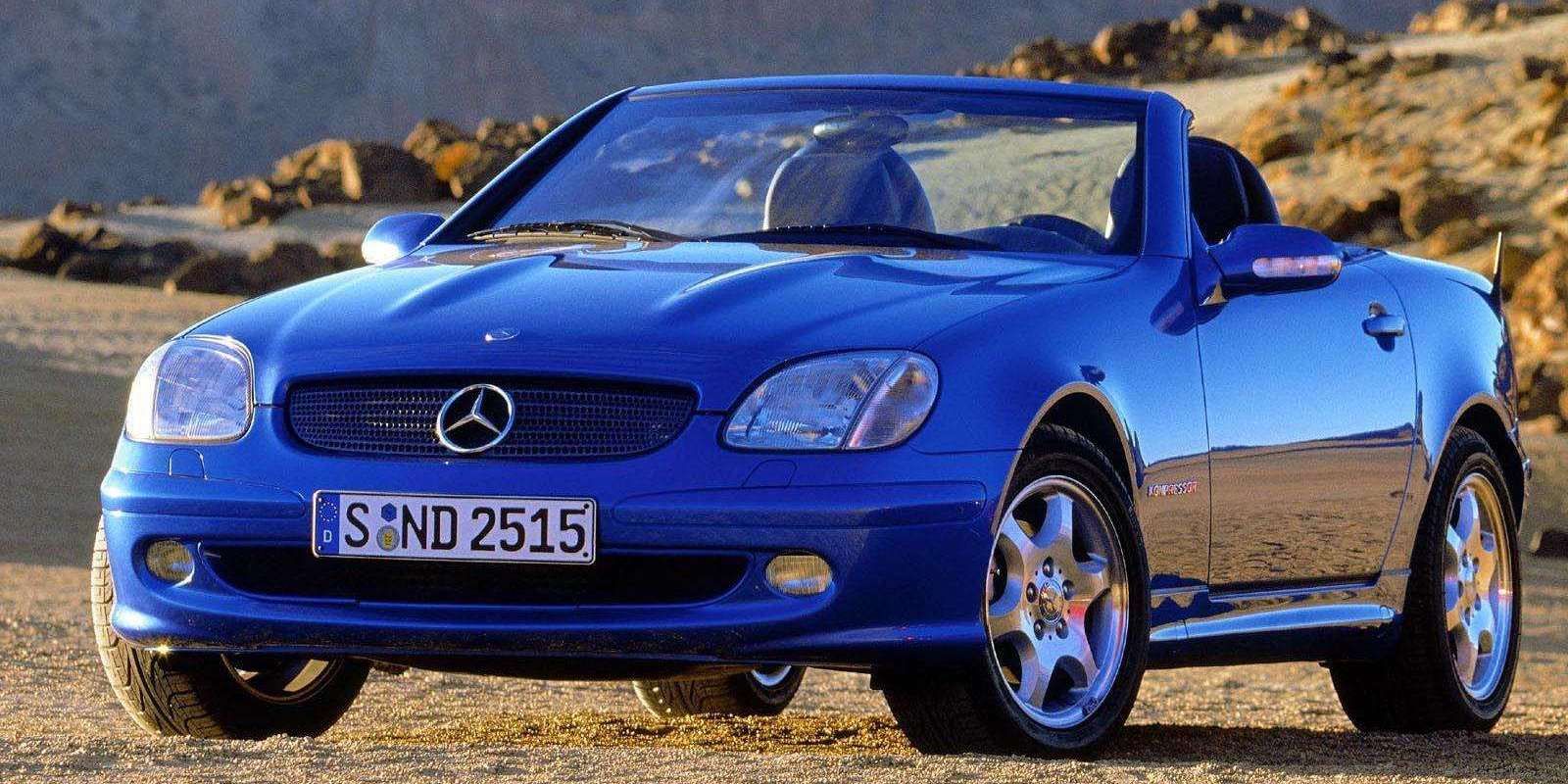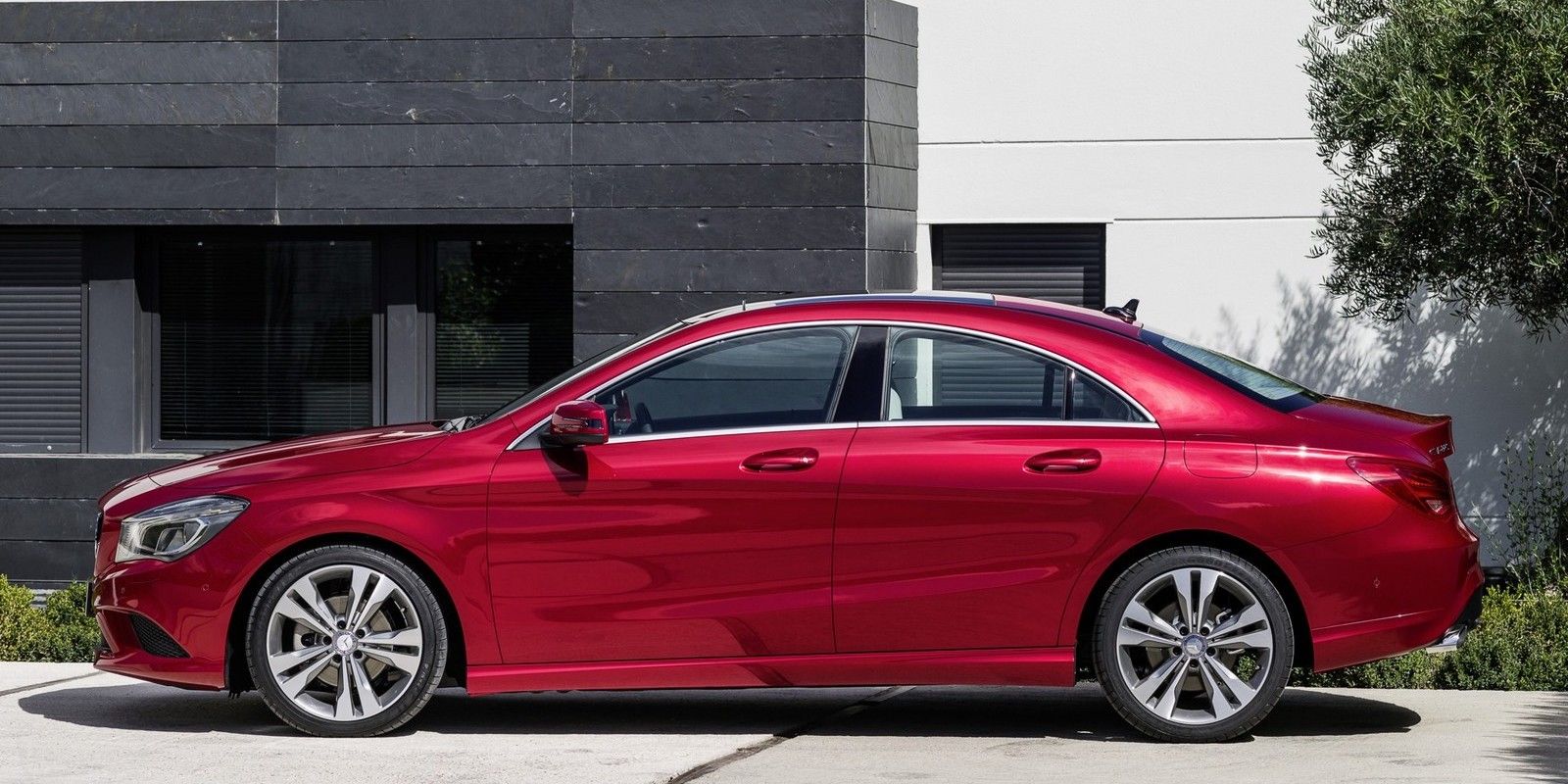[ad_1]
Mercedes-Benz is a true legend of the automotive world. Few manufacturers are as highly regarded, and its iconic three-pointed star logo is recognized by people the world over. The brand has been responsible for building some of the most engaging and rewarding driver’s car ever created. Models like the SLS AMG Black Series, the AMG GTR, and almost anything badged “63”, have bucket loads of performance and provide serious driver involvement. Mercedes-Benz is able to create cars capable of feeding a gearheads soul, and offering a visceral driving experience.
While Mercedes-Benz has produced some of the finest gems in the automotive world, not every model has reached stardom. The cars on this list demonstrate Mercedes-Benz is not infallible, and there are some models gearheads would be wise to steer clear of. Here are 10 Mercedes-Benz cars that simply have no place in the garage of a true gearhead.
Using data obtained from sites including but not limited to Consumer Reports and Kelley Blue Book, we have compiled this list of 10 Mercedes-Benz cars which are not the best option for gearheads.
10 Mercedes-Benz X-Class 2017-2020
When Mercedes-Benz announced the X-Class, there was a fair amount of excitement generated. Never before had the premium German manufacturer built a pickup truck. Buyers looking for a luxury offering hoped Mercedes could translate their legendary reputation for refinement into the pickup segment. The X-Class was built through a collaboration with Nissan and Renault, and had many similarities with the Nissan Frontier/Navara and Renault Alaskan. The model was even produced in a Nissan factory in Barcelona, Spain.
Examining the esthetics of the X-Class, it is clear to see Mercedes made significantly more investment to the front-end. The model was unrecognizable from the Nissan Navara, with a softened design and typically Mercedes grille and light arrangement. In contrast, the rear shared a very similar design to the Navara Mk2 produced from 2005-2015. The X-Class was never sold in the US, and was discontinued from the Mercedes range entirely in 2020. Many buyers felt the Nissan Navara offered better value for money, and were unwilling to splurge the extra on essentially a utility vehicle.
Why It Doesn’t Belong
- Overpriced when compared to rivals
- Diff lock is not standard fitment
- Engines can be prone to timing chain tensioner failure
9 Mercedes-Benz Vaneo 2001-2006
In 2002, Mercedes-Benz decided to create a van like passenger vehicle. The model was based loosely on the Mercedes A-Class, and despite sporting a longer wheelbase chassis, featured similar styling. As standard, the Vaneo was capable of carrying five occupants. For those who needed more carrying capacity, a seven seat version was also available. The model included rear sliding doors, which really helped improve access to the vehicle.
In the United Kingdom, the Vaneo was made available through the established “Motability scheme”. The charity lead initiative was designed to help disabled people get access to a much-needed vehicle. With a boxy design, large tailgate and flexible seating arrangement, it was possible to transport a wheelchair with relative ease. Unfortunately, the Vaneo’s bland styling and hard ride make it one to avoid for gearheads.
Why It Doesn’t Belong
- Bland styling design language
- Excessively hard ride
- Too much body roll when cornering
8 Mercedes-Benz R-Class 2006-2013
In 2006, Mercedes-Benz introduced a new entrant to the minivan space. Named the R-Class, the model was physically imposing with a 126.6 inch wheelbase. Buyers in Europe were able to buy a slightly more compact 117.3 inch version in addition to the longer wheelbase model. The R-Class followed a similar formula to the Mercedes A-Class and B-Class, but promised a superior cabin and more space.
The car’s looks proved to be divisive, with a love it or hate it front end. The model failed to take off, thanks in part to its confusing market positioning. Buyers were confused about what the R-Class was, too tall to be a wagon, not capable enough off-road to be an SUV and longer than an S-Class. The R-Class was prone to electrical gremlins, and was far from offering an engaging drive. The car’s air suspension simply allowed too much body roll, even when put into “Sport” mode. Weighing in at around 5000 lbs, this should come as little surprise. Even the AMG tuned R63 couldn’t drive dynamically enough appeal to gearheads. That’s not to say it was lacking in power, on a highway it was pretty rapid, but prone to understeer on anything twisty.
Why It Doesn’t Belong
- Prone to understeer
- Confusing market positioning
- Divisive styling
7 Mercedes-Benz T-Class 2023 On
New for the 2023 model year, the Mercedes-Benz T-Class is another van based passenger car. In many ways, it can be considered the spiritual successor of the Mercedes-Benz Vaneo. Available to the European market, it is essentially a car-focussed version of the Mercedes Citan panel van. The T-Class is capable of transporting up to 5 occupants, and measures in at 177.1 inches long and 71.3 inches tall. A rear sliding door makes entry and exit for those in the back that bit easier. The folding rear bench seat provides increased cargo carrying ability.
The interior is fairly well-equipped, with smartphone integration built into a 7.0-inch touchscreen infotainment system. Having said that, in 2023 we would have hoped for something a little larger. Peak performance comes from a turbocharged 1.3-liter gas engine, which generates a fairly paltry 129 hp and 177 lbs-ft of torque. A six-speed manual is the default option, but for those who desire it a seven-speed dual-clutch is on the options list.
Why It Doesn’t Belong
- Relatively underpowered
- Disappointingly small infotainment touchscreen
- Design is too much like the van it is based on
6 Mercedes-Benz A-Class 1997-2005
Unlike the sleek and stylish Mercedes A-Class of today, the first generation model was an entirely different affair. Known as the W168, the original A-Class was launched back in 1997 with production enduring until 2005. The model sported a boxy hatchback design, and could carry up to five occupants.
At launch, the A-Class was a fairly radical proposition. Mercedes-Benz had never built such a compact and affordable car, focussing instead on luxurious sedans and sleek sports cars. The model proved popular with buyers, many of whom simply wanted the prestige associated with driving a Mercedes badged car. Despite this, the W168 was never a viable option for gearheads. Not long after it came to market, the A-Class was subjected to an “elk test” by Robert Collin, a Swedish motoring journalist. Designed to simulate what would happen in the event of a hazard avoidance swerve, and the Mercedes effectively toppled over. This was precisely the type of publicity the A-Class could have done without, and certainly affected public perception.
Why It Doesn’t Belong
- Unstable in corners
- Boxy and uninspiring design
- Has proven to be unreliable
5 Mercedes-Benz B-Class 2005-2011
The first generation Mercedes B-Class rolled off the production line in 2005. Just like its smaller relative the A-Class, it sported similarly boxy styling. The model was designed to carry up to five passengers, and afforded them a little extra space. Passengers benefited from the car’s high roof line, which provided more room for those taller users. With just five-seats and no seven-seat option, the B-Class was a harder sell than many of its competitors. Vague and unresponsive steering was a common criticism leveled at the B-Class, and would deter gearheads from signing on the dotted line.
Generous cargo carrying capacity was one of the car’s biggest selling points. With the rear seats upright, the B-Class could swallow a respectable 17.9 cubic feet of luggage. This figure increased drastically when equipped with a particularly helpful optional feature known as “Easy-Vario Plus” seating, which enabled users to remove both the front and rear seats. Once removed, a capacious 77.9 cubic feet load bay was left behind.
Why It Doesn’t Belong
- Vague and unresponsive steering
- Prone to electrical system malfunction
- Engine misfire is a commonly reported issue
4 Mercedes-Benz 190 1982-1993
The Mercedes-Benz 190 was first released back in 1982, and occupied a mid-size positioning in Mercedes’ sedan range. It was essentially the forefather of the modern day C-Class. The 190 tipped the scales at just 2601 lbs, meaning it was impressively lightweight for its size. Much of the body was composed of high-strength sheet steel, helping to provide structural rigidity. Unfortunately, the car is prone to damaging corrosion, and head gaskets can be prone to failure.
The 190 sported a revolutionary chassis setup, making use of a new multi-link independent rear suspension. Unlike the majority of other Mercedes of the period, the 190 (W201) relied upon a hand-operated parking brake rather than a foot-operated lever. The primary reason for this was to increase the space available in the front foot well.
Why It Doesn’t Belong
- Prone to corrosion
- Head gasket liable to failure and potential engine damage
- Suspension system is vulnerable to damage, resulting in a poor ride and handling
3 Mercedes-Benz GL-Class 2006-2012
Introduced in 2006, the Mercedes-Benz GL-Class was designed to occupy the position of flagship SUV within the brand’s line-up. It could be thought of as a full-size SUV alternative to the S-Class. The GL-Class was primarily introduced to appeal to North American buyers who prefer larger vehicles than European road can cope with. The vehicle came with a seven-seat configuration, and was designed to compete with popular domestic models.
Where the GL-Class varied from a number of its competitors, was its chassis design. Rather than using a more traditional body-on-frame setup, a modern unibody chassis was employed, helping to make it considerably lighter. The cabin was very well appointed, and made use of premium woods and leather, providing an up-market look and feel.
Why It Doesn’t Belong
- Large physical size can make it cumbersome
- Prone to brake fade
- Uneconomical engines make it expensive to run and maintain
2 Mercedes-Benz SLK 1996-2004
The compact Mercedes-Benz SLK was released back in 1996, and the first generation model was produced until 2004. Undeniably, the SLK’s folding metal hardtop was its party piece. Very few mass market cars had been kitted out with this type of hydraulically operated roof, helping it stand out from the competition.
This premium roadster was initially available with four-cylinder engines, the most powerful of which was a 2.3-liter supercharged engine branded “Kompressor”. The unit generated a respectable 193 hp and enabled the SLK to propel itself from 0-60 mph in just 7.2 seconds. A more powerful 3.2-liter V6 engine was subsequently introduced, and generated an impressive 215 hp. The model has suffered from poor reliability, with corrosion being a particularly large and costly concern.
Why It Doesn’t Belong
- Can suffer from poor reliability and corrosion
- Cabin and cargo space compromised by folding roof
- Ride can become unsettled
1 Mercedes-Benz CLA 2013-2019
The compact Mercedes-Benz CLA was launched as a brand-new model in 2013. The first generation vehicle was produced until 2019, and was an interesting alternative to other German sedans. One of the biggest selling points of the CLA was its radical looks, which were far sleeker than the competition.
The model was essentially a sedan version of the A-Class, but took inspiration from the brand’s coupes. Daytime running LED lights looked extremely futuristic, and were exceptionally rare on cars in 2013 generally. Mercedes opted to use the same cabin design as the regular A-Class, and there was little to complain about. Where the CLA left gearheads disappointed, was the engine lineup. Only four-cylinder units were made available, a V6 could have taken performance to another level and provided a sportier engine note. The hottest version available was the CLA 250.
Why It Doesn’t Belong
- Exclusively powered by four-cylinder engines, no V6 option
- Not as refined as other Mercedes-Benz sedans
- Overly hard ride
[ad_2]
Source link
